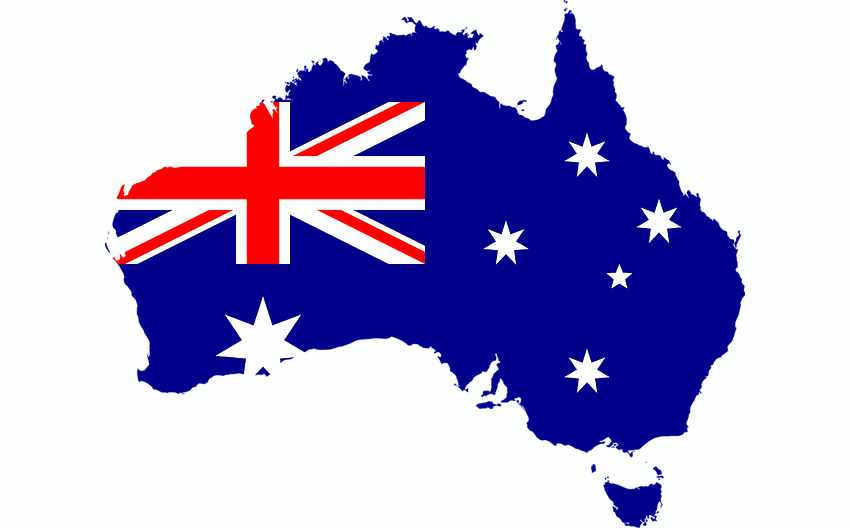Australia’s APRA highlights ILS & cat bonds as viable reinsurance alternative

Australian regulator of banks, insurers and pensions, the Australian Prudential Regulation Authority (APRA), has highlighted the viability of insurance-linked securities (ILS) and catastrophe bonds as reinsurance alternatives, saying it recognises their benefits and permits them under the calculation of insurance concentration risk charges.
The APRA has given a positive signal to the Australian insurance market that it is open to the use of ILS and catastrophe bonds as a source of reinsurance capital for carriers operating in the country and will treat them equally when it comes to assessing risk charges.
It’s also a recognition by regulator the APRA, that with reinsurance markets hardened and pricing higher, looking to alternative and complementary sources of reinsurance capacity from the capital markets is likely to become increasingly appealing to insurers in the country.
The APRA explained that it, “Recognises the significant benefit that reinsurance provides to Australian insurers and policyholders. APRA is also aware that the reinsurance market has been challenged by a range of factors which include increased natural catastrophes, the war in Ukraine, and the COVID-19 pandemic. As a result, higher premiums and increased retentions are being observed.
“It is in this context that APRA is seeking to remind insurers that in addition to traditional reinsurance, APRA standards permit the use of alternative reinsurance arrangements, such as catastrophe bonds and other types of Insurance Linked Securities (ILS), in the calculation of the insurance concentration risk charge (ICRC).
“In the current reinsurance environment, insurers may wish to consider both traditional and ILS options. Insurers considering ILS options should engage with APRA early (prior to a formal approval request) to discuss their feasibility and potential impact on the insurer’s ICRC.”
The regulator noted that, under its prudential framework, traditional reinsurance solutions are generally favoured because of the reinstatement requirements for catastrophe reinsurance.
Adding that, “These have predominately been the option adopted by Australian insurers. There has been little participation in Australian reinsurance by ILS markets, and the use of catastrophe bonds, which is a common form of ILS, is rare.”
But the regulator added that, “While favouring traditional reinsurance, GPS 116 does permit the use of catastrophe bonds and other forms of ILS which may not have a reinstatement. For these to be approved, the insurer must demonstrate to APRA why their use is practical and appropriate.”
Going on to say, “While traditional reinsurance arrangements will remain an integral part of an insurer’s overall reinsurance strategy, we recognise the benefit to considering a range of reinsurance solutions.
“Any ILS options, such as catastrophe bonds, will be carefully assessed by APRA to understand the impact on the ICRC. As previously noted, we encourage insurers to engage with APRA early and prior to any formal approval request when considering these.”
The Australian prudential regulator also said that in order to ensure its reinsurance requirements are fit for purpose it intends to consult with the industry, to review the reinsurance settings in the prudential framework over the course of 2023 and the first half of 2024.
With reinsurance buying having become so much more sophisticated over the last decade, it seems high-time regulatory rules surrounding the use of different forms of risk transfer and risk capital are revisited.
In particular, the need for reinstatements is perhaps onerous nowadays, when an insurer can buy a program that includes catastrophe bonds, or other ILS alternatives to reinsurance, and still have ample reinstatement protection in place for its main PML scenarios.
Regulations do not leave much room for innovation in buying and structuring risk transfer sometimes, so it is encouraging to see the APRA recognising the clear benefits of catastrophe bonds and ILS, as well as the fact its regulatory requirements may need revisiting to allow insurers the flexibility to address their protection needs using the most efficient combination of forms and structures that are available today.






